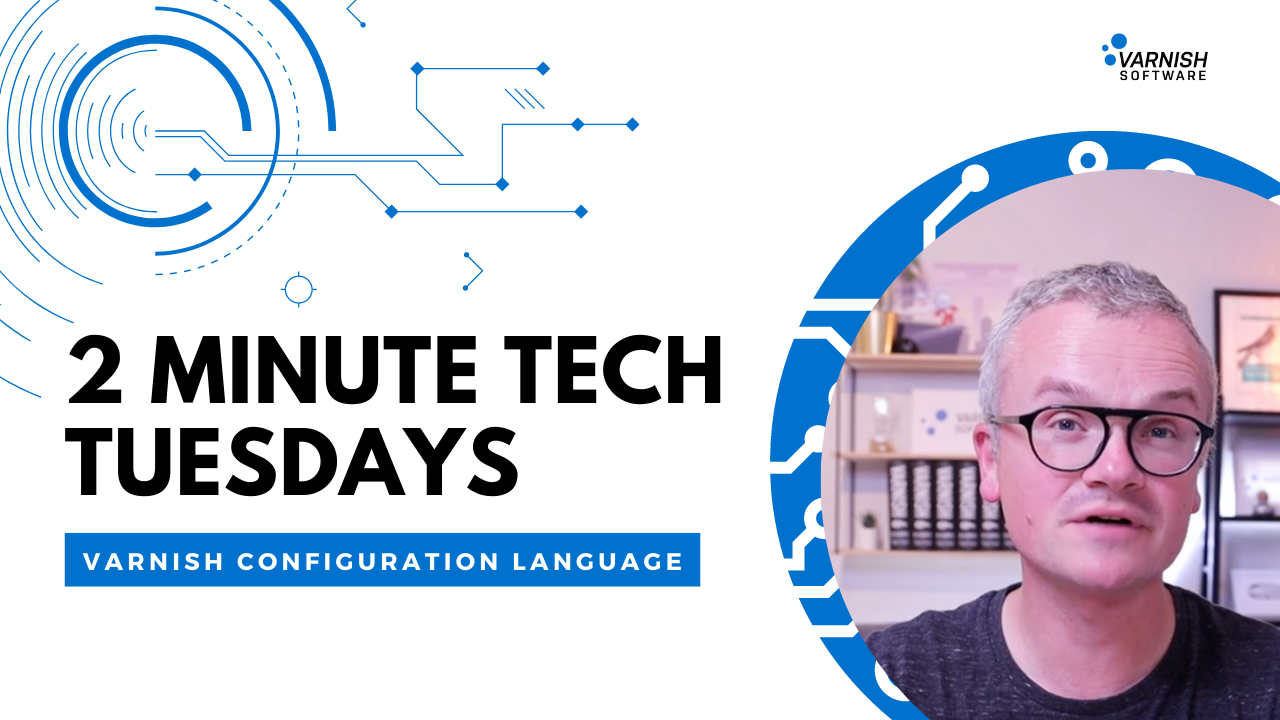Follow The Rabbit
Varnish Configuration Language
Latest Articles
- Ian Vaughan
- November 30, 2023
The Varnish Developer Portal is a treasure trove of resources designed to empower developers with the knowledge needed...
- Frank Garland
- March 13, 2023
Recently, Varnish Technical Evangelist Thijs Feryn led a webinar covering Varnish Configuration Language (VCL), the...
- Arianna Aondio
- February 27, 2023
Fastly VCL is a domain-specific programming language which has evolved from the Varnish proxy cache, which is part of...
- Thijs Feryn
- November 23, 2021
This week’s episode of Two Minute Tech Tuesday explains how the built-in Varnish Configuration Language (VCL) works....
- Thijs Feryn
- August 17, 2021
This week’s episode is about Grace mode, Varnish’s interpretation of stale-while-revalidate.
- Thijs Feryn
- August 10, 2021
This week’s episode is about VCL — the Varnish Configuration Language — which is used to define your own caching...
SUBSCRIBE TO OUR BLOG
SEARCH OUR BLOG
Explore articles from Varnish experts on web performance, advanced caching techniques, CDN optimization and more, plus all the latest tips and insights for enhancing your content delivery operations.
/VS-logo-2020-197x60.png?width=136&height=60&name=VS-logo-2020-197x60.png)





